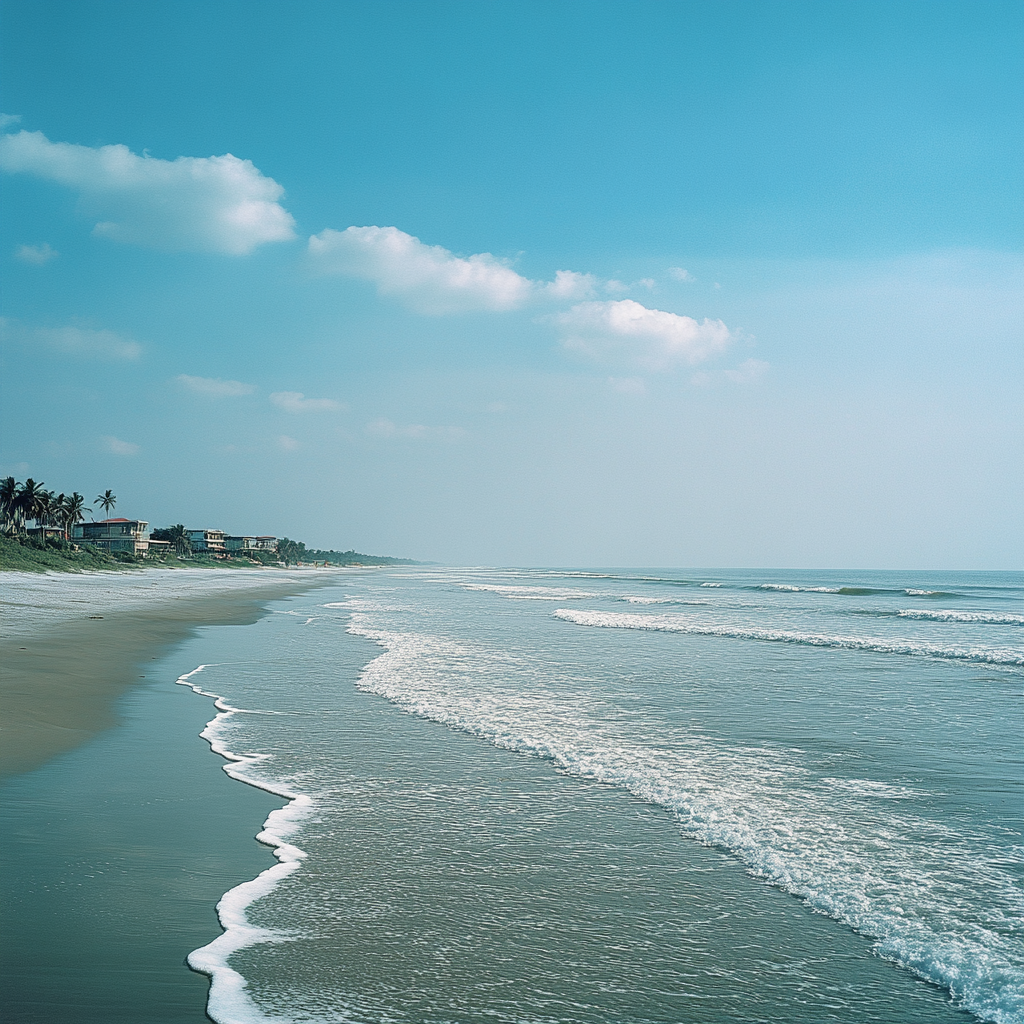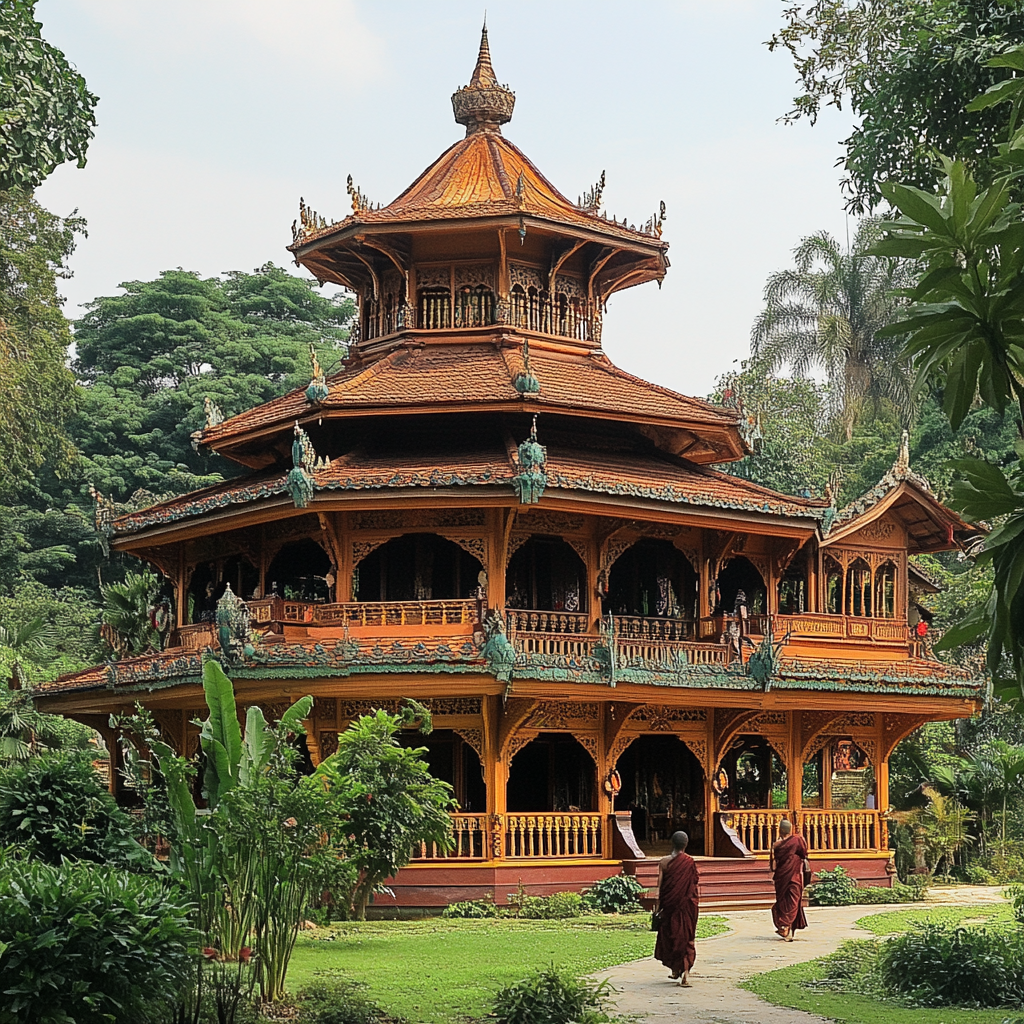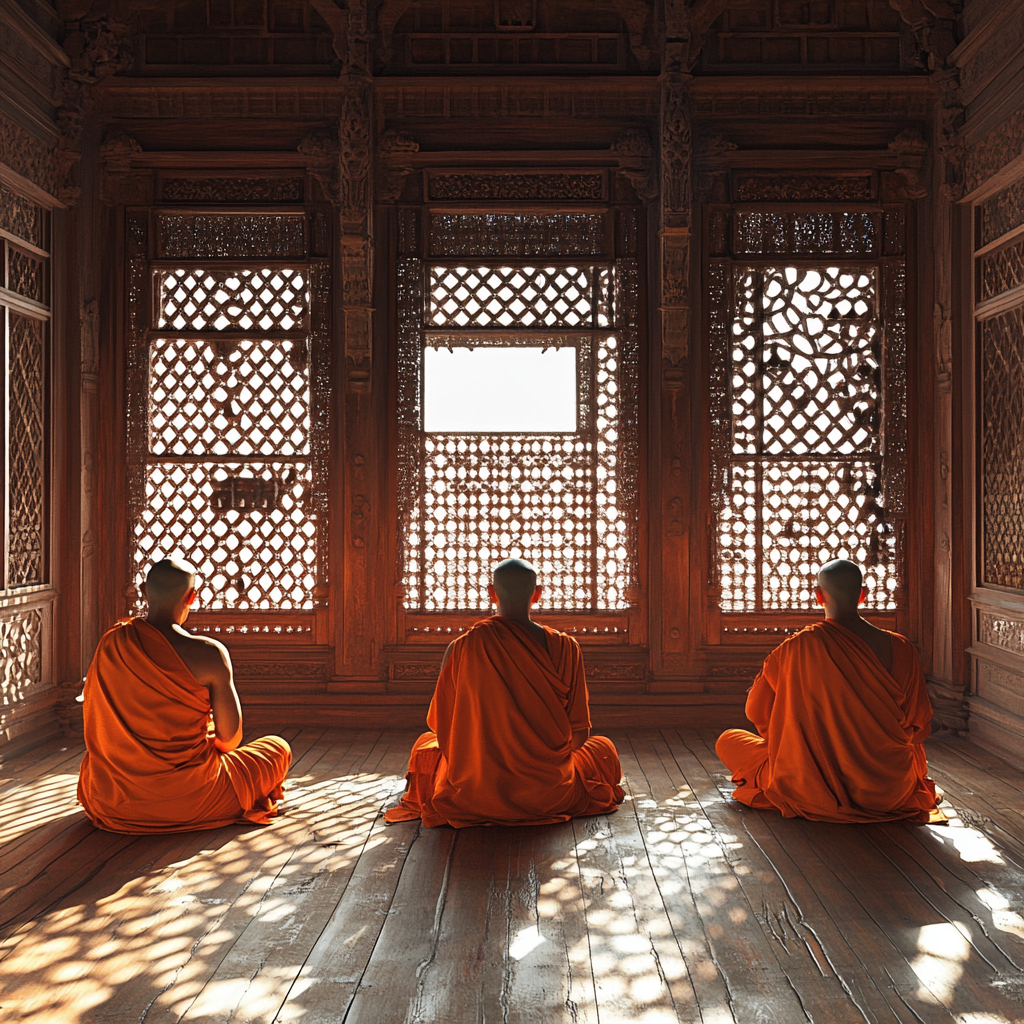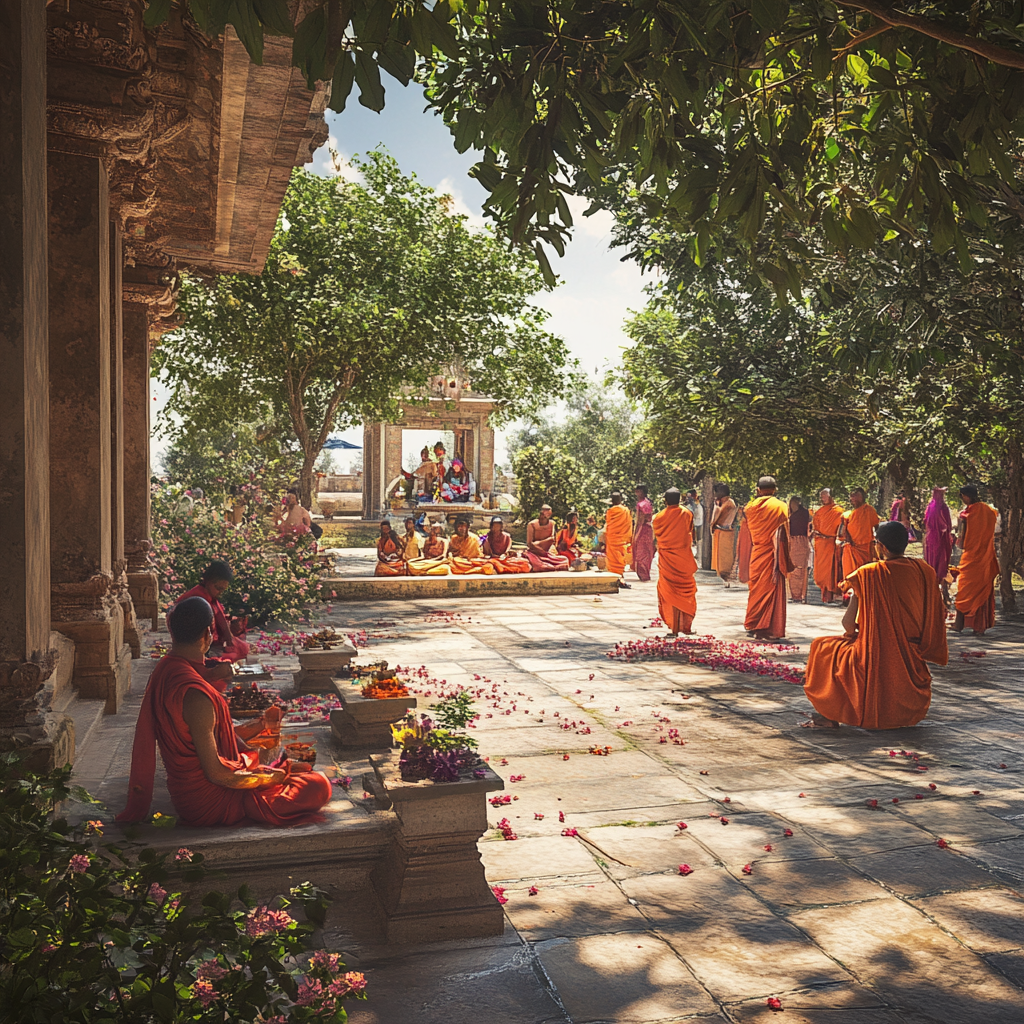The History of Cox’s Bazar
Unveiling the Historical Legacy of Cox’s Bazar
Cox’s Bazar, a picturesque coastal town in southeastern Bangladesh, is celebrated worldwide for its breathtaking 120-kilometer-long sandy beach – the longest uninterrupted beach on Earth.
However, beyond its natural beauty lies a rich tapestry of history intertwined with colonial heritage and cultural evolution. The town’s name itself pays tribute to Captain Hiram Cox, a British officer who left an indelible mark on the region during the late 18th century.

This article takes you on a journey through the historical origins of Cox’s Bazar, exploring its cultural significance, key landmarks, and the stories that make it a must-visit destination. Delving into this history not only enriches our understanding of the region’s past but also illuminates its enduring legacy.
The Role of Captain Hiram Cox: Peacekeeper and Namesake
The town owes its name to Captain Hiram Cox, a British officer of the East India Company who played a pivotal role in resolving conflicts between the Rakhine (Arakanese) refugees and the local Bengali population.
Following the Burmese invasion of Arakan in the late 18th century, thousands of Rakhine people sought refuge in the region, leading to tensions with the local communities.
Captain Cox was appointed to mediate and improve the living conditions of the refugees. Although he passed away in 1799 before completing his mission, his efforts were so impactful that the area was named in his honor – “Cox’s Bazar,” with “Bazar” reflecting the thriving marketplaces he fostered.
His legacy continues to symbolize peace and community-building in a complex colonial context.
The Cultural Significance of the Aggmeda Khyang Temple
One of Cox’s Bazar’s most notable historical landmarks is the Aggmeda Khyang Temple, a revered Buddhist sanctuary that stands as a testament to the spiritual life of the region. Built in the 19th century, it remains a vital cultural and religious center.


The temple is renowned for its intricate wooden architecture, delicate carvings, and its collection of ancient Buddhist scriptures. It offers visitors a glimpse into the deep-rooted connections between Bangladesh and its neighboring Buddhist traditions.
A visit to Aggmeda Khyang is often described as a spiritual experience. Guided tours are available for a modest fee of around 300 Taka (approximately $3), providing an in-depth understanding of the temple’s history and its role in the community.
The Historic Markets: A Window to the Past
Cox’s Bazar’s markets, originating from the colonial era, reflect the town’s vibrant history and evolving trade culture. The Burmese Market, in particular, stands as a living reminder of the region’s past.
Initially established to facilitate trade between the Arakanese and Bengali populations, the market thrived under Captain Cox’s efforts to promote economic growth. Today, it showcases an array of handmade goods, including jewelry, textiles, and artwork, representing the cultural richness of the area.
Experiencing the Spiritual Diversity of Cox’s Bazar
The beauty of Cox’s Bazar lies not only in its natural attractions but also in its diverse cultural and spiritual heritage.
Whether it is the grandeur of the Buddhist temples, the devotion seen at the Hindu Adinath Temple, or the peaceful rituals of the Rakhine community, the spiritual journey through Cox’s Bazar is rich and multifaceted.
This diversity is a reflection of Bangladesh’s broader cultural fabric, where multiple faiths coexist and contribute to the nation’s identity.

For travelers seeking a deeper connection with the places they visit, exploring the temples and sacred sites of Cox’s Bazar offers an experience that goes beyond sightseeing. It is an invitation to understand the values, beliefs, and traditions that shape the lives of the local people.
Maheshkhali Island: A Blend of Nature and History
Just a short ferry ride from Cox’s Bazar lies Maheshkhali Island, a hidden gem of historical and natural significance. The island is home to the revered Adinath Temple, dedicated to Lord Shiva, and its serene mangrove forests.
Perched atop a hill, the Adinath Temple offers breathtaking views of the coastline and a tranquil atmosphere for visitors. The temple becomes particularly vibrant during the annual fair, which attracts devotees and tourists alike.
Teknaf: Biodiversity and History Intertwined
South of Cox’s Bazar lies Teknaf, a region rich in natural beauty and historical intrigue. The Teknaf Wildlife Sanctuary and the Naf River create an ideal setting for eco-tourism.
Teknaf’s sanctuary is home to diverse species, including the endangered Asian elephant. Guided nature walks and birdwatching tours offer an immersive experience in this biodiverse haven.
Teknaf’s location on ancient trade routes adds historical depth to its natural allure. Visitors can explore remnants of its trading past while enjoying the stunning landscape.
Museums and Archives
To delve deeper into Cox’s Bazar’s history, a visit to its local museums is essential. These institutions house artifacts, photographs, and documents that narrate the town’s evolution from a colonial outpost to a thriving tourist destination.
Cox’s Bazar Cultural Center: Offers exhibits on the region’s colonial history and local traditions.
Conclusion
Cox’s Bazar is more than just a beach destination; it is a living archive of history, culture, and community. From Captain Hiram Cox’s humanitarian efforts to the spiritual tranquility of Aggmeda Khyang and the vibrant heritage of its markets, the town’s past continues to shape its present.
If you wish to uncover more about the fascinating history of Cox’s Bazar or explore its landmarks, consider reaching out to experts or planning a guided tour. Understanding its legacy enriches your experience and opens doors to the dynamic narratives of this extraordinary region.
